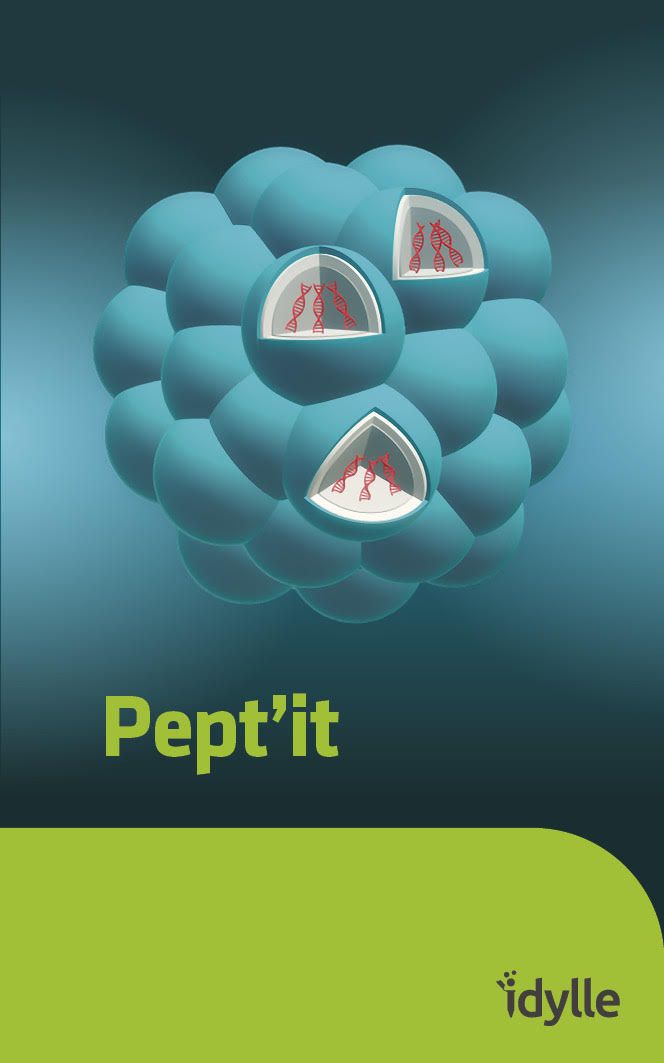
Biography
Graduated in Organic Chemistry in 1999 at the University of Nice-Sophia-Antipolis (France) and in Molecular Biology and Biotechnologies in 2001 at the Free University of Brussel (Belgium), I received my PhD in Biophysics in 2005 from the University of Montpellier (France) achieving the physico-chemical characterization of peptides for the delivery of therapeutic agents under the supervision of Dr. Frédéric Heitz at the Centre for Biochemical and Macromolecular Research of Montpellier (CRBM) (France). Then I joined the group of Dr. R. Robert Brasseur at the Centre for Digital Molecular Biophysics of Gembloux (CBMN) (Belgium) as a post-doctoral fellow to further improve the development of a method for the de novo molecular modelling of the secondary structure of peptides. In 2007, I was appointed as a junior researcher (Chargé de Recherche) at the CNRS in the Montpellier Cell Biology Research Center (CRBM) (France) in order to design, develop and optimize peptide-based nanoparticles (PBNs) for the cellular delivery of therapeutic agents. In 2021, I joined the team "Development of visceral smooth muscle cells and associated pathologies" in the Physiology and Experimental Biology of Heart and Muscles (PhyMedExp) institute of Montpellier in order to apply PBNs to down- or up- regulate specific proteins/genes involved in different mechanisms, from the development/differentiation of smooth muscle cells of the gastrointestinal tract to the gastrointestinal stromal tumors (GISTs) progression.
Research Topics
My main research topic concerns the development of nanomedicines based on cell-penetrating peptides. Cell-Penetrating Peptides (CPPs) consist in a promising approach opening new perspectives for drug delivery. CPPs are described as short peptides which are able to penetrate biological membrane and to transfer therapeutic cargoes into cells. CPPs can be subdivided into two main classes, the first requires chemical linkage with the cargo and the second involves the formation of stable Peptide-Based Nanoparticles (PBN) with therapeutics without requiring any cross-linking or chemical modifications. This strategy has been shown to constitute a potent alternative for drug delivery and offers several advantages, including no requirement for chemical cleavage which favors a better release of the cargo inside the targeted cells, and a fan of modifications in order to increase specificity for the cargo and/or the target. PBN might be improved in the nature of the cargoes to deliver (ex: cocktails of oligonucleotides), in their stability (ex: PEGylation) and in their cell/tissue specificity (ex: targeting sequences, homing motif). In this context, my main goal is to develop PBN for different types of therapeutic agents (siRNA, mRNA, pDNA, etc…) to down- or up- regulate specific genes involved in the mechanisms responsible of pathologies in order to propose a specific therapeutic solution.
Fields of interest
Nanomedicine, Peptide, Cancer, Health, Therapeutics
Technologies
Optical microscopy techniques, Multiphoton, near-infrared and super-resolution microscopy, Flow cytometry, In vivo bio-imaging, Photodynamic therapyApplications
Cell-penetrating peptides, Nanoparticle, Oligonucleotides delivery
